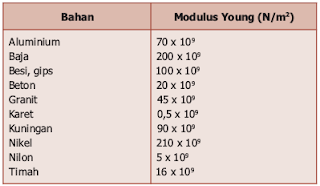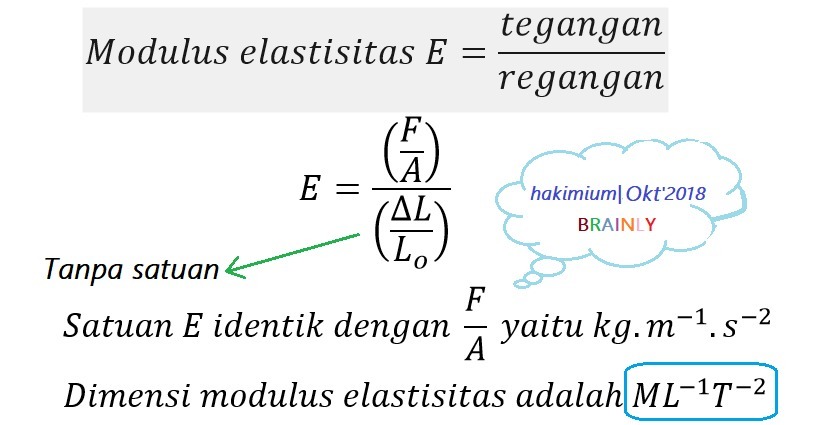

We were able to construct a linkage map with an average intermarker distance of 1.8 cM, and a maximum intermarker distance of 10.3 cM.

Results One hundred and ninety Single Nucleotide Polymorphisms (SNPs were used to genotype our mapping population of 250 F2 larvae. Accordingly, we set out to develop a broadly-useful panel of genetic markers and to construct a linkage map dense enough for quantitative trait locus detection in an interval mapping framework for T. Tigriopus californicus is ideally suited to serve as a genetic model copepod and has been the subject of extensive work in environmental stress and reproductive isolation. This lack is particularly evident in Copepoda, given the extraordinary numerical abundance, and taxonomic and ecological diversity of this group.

Pertinent results are described and discussed and the influence of epibionts on life cycle and behavior of Tigriopus fulvus is considered.Ī gene-based SNP resource and linkage map for the copepod Tigriopus californicusįull Text Available Abstract Background As yet, few genomic resources have been developed in crustaceans. The reason of the occurrence on swimming legs is less clear and needs further observations. Epibionts were found to adhere to antennae, a site linked to the exploitation of water currents carrying food particles to mouthparts and to swimming legs. on Tigriopus fulvus has been described and the occurrence of algae Cocconeis sp. The first evidence of ciliate Scyphidia sp.

The harpacticoid copepod Tigriopus fulvus, living in the splashpools of rocky coasts, was studied to recognize the occurrence of epibionts on the exoskeleton surface using scanning electon microscopy techniques. Epibiosis occurs particularly in aquatic environments, on both benthic and planktonic organisms, among which copepods and cladocerans represent an important living support. and diatoms on Tigriopus fulvus ( Copepoda: Harpacticoida exoskeletonĭirectory of Open Access Journals (Sweden)įull Text Available Several microorganisms – epibionts – can adhere to living supports taking advantage for their survival, feeding and movement.


 0 kommentar(er)
0 kommentar(er)
